Learning English tenses can feel daunting, but it doesn’t have to be! This guide breaks down 12 key tenses with relatable examples, making grammar learning fun and effective. We’ll cover everything from the simple present to the present perfect continuous, equipping you with the tools to communicate clearly and confidently.
Forget boring textbooks! We’ve crafted this guide with engaging examples drawn from everyday life. By understanding how each tense functions, you’ll improve your writing and speaking skills significantly. Get ready to upgrade your English fluency!
-
Simple Present Tense
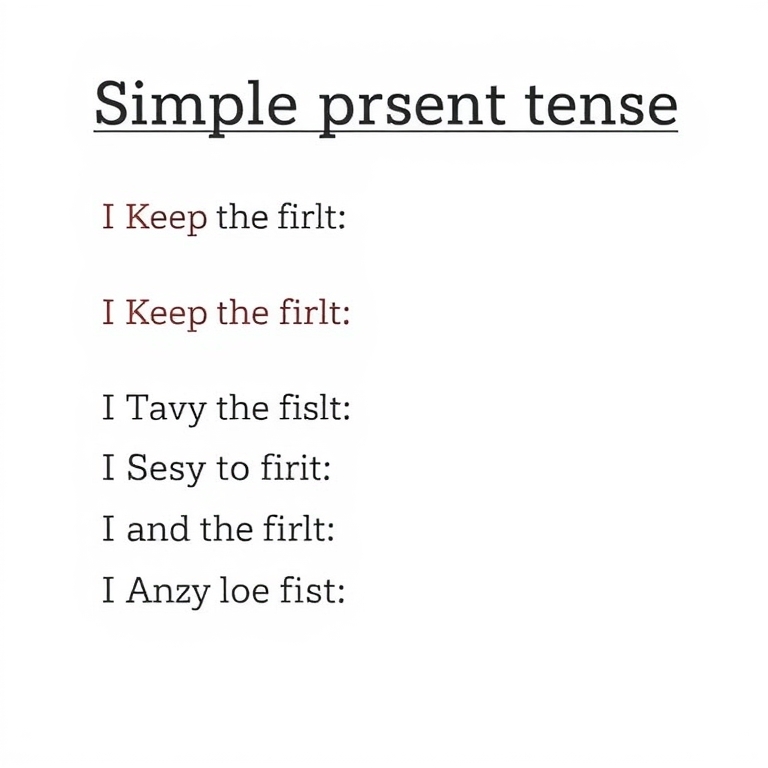
Simple Present Tense Use the simple present for habits, routines, and general truths. Example: ‘I eat breakfast every morning.’
It’s also great for describing unchanging situations. For instance: ‘The sun rises in the east.’
Practice forming sentences with regular and irregular verbs to solidify your understanding.
-
Present Continuous Tense
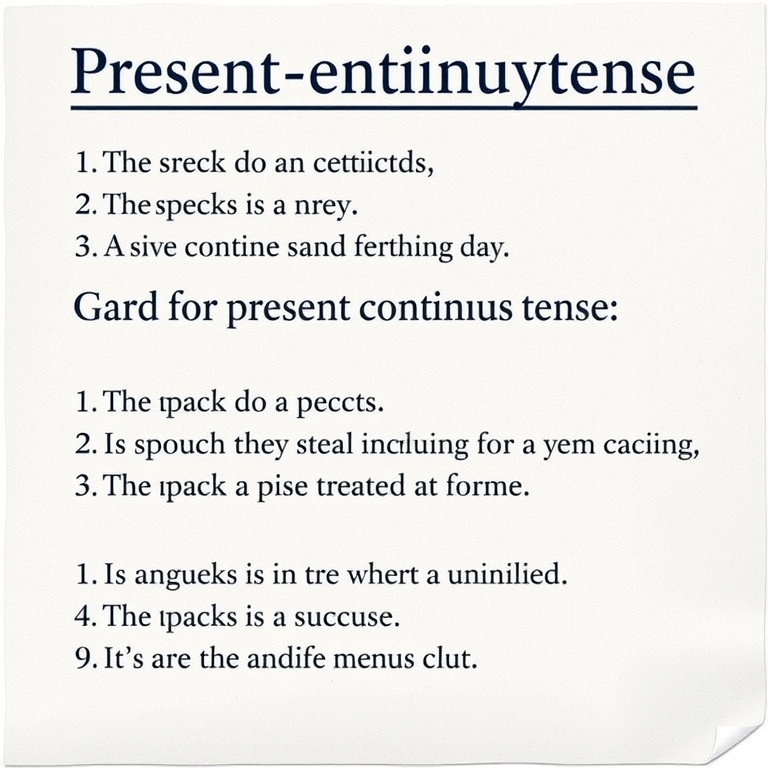
Present Continuous Tense The present continuous describes actions happening now. Example: ‘I am writing this article right now.’
It can also express temporary actions or future plans. For example: ‘She is studying for her exam next week.’
-
Simple Past Tense

Simple Past Tense Use the simple past for completed actions in the past. Example: ‘I went to the park yesterday.’
Remember to use the correct past tense form of the verb, paying attention to regular and irregular verbs.
Practice using time expressions like ‘yesterday,’ ‘last week,’ and ‘ago’ to provide context.
-
Past Continuous Tense
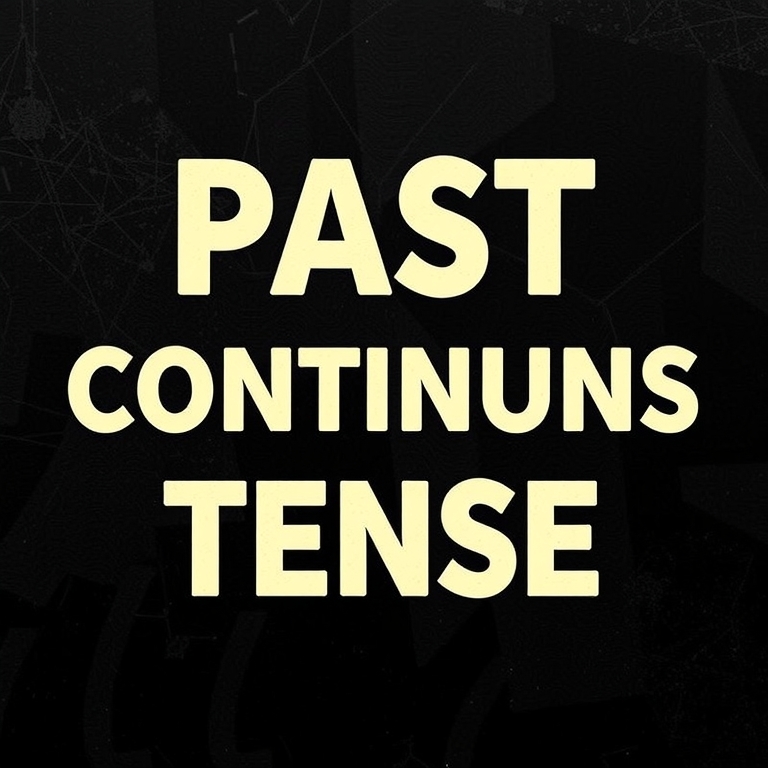
Past Continuous Tense Describe actions in progress at a specific time in the past. Example: ‘I was watching TV at 8 pm.’
Often used with the simple past to show a longer action interrupted by a shorter one.
Practice combining this tense with the simple past to create more complex sentences.
-
Present Perfect Tense

Present Perfect Tense Use for actions completed at an unspecified time in the past. Example: ‘I have eaten lunch.’
Also useful for actions with results affecting the present. Example: ‘I’ve lost my keys!’
Mastering the use of ‘have’ or ‘has’ is key to accuracy.
-
Present Perfect Continuous Tense
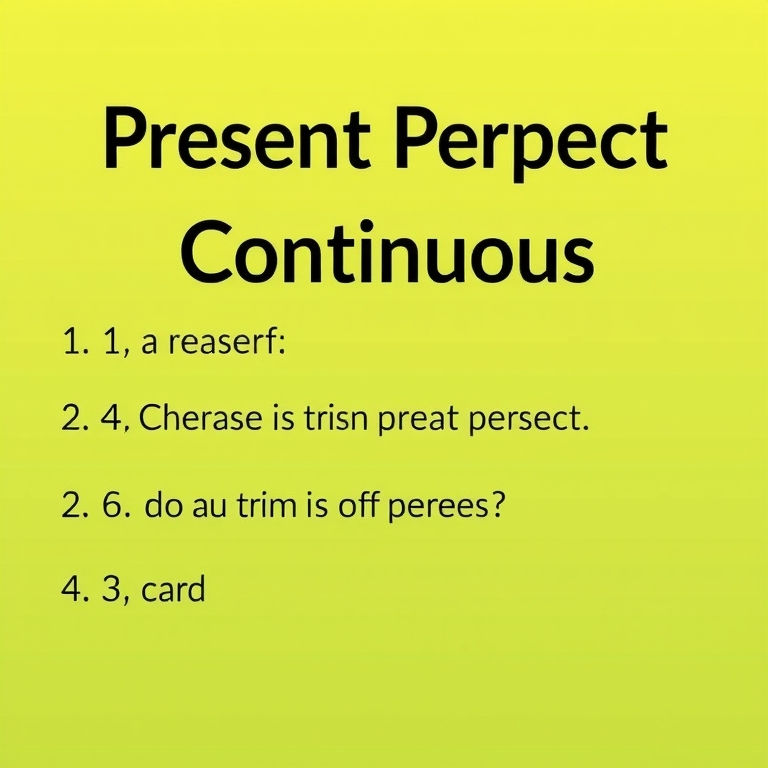
Present Perfect Continuous Tense Show actions started in the past and continuing to the present. Example: ‘I have been studying English for three years.’
Emphasizes the duration of the action.
Often used with time expressions like ‘for’ and ‘since’.
-
Simple Future Tense
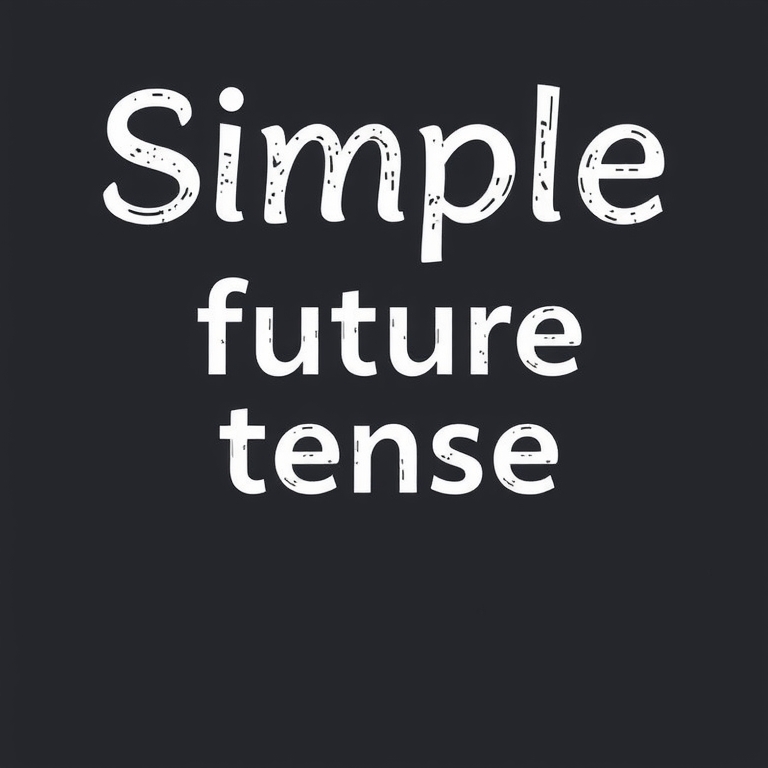
Simple Future Tense Express plans or predictions about the future. Example: ‘I will go to the beach tomorrow.’
Use ‘will’ + base verb for simple future actions.
Practice using different time expressions to show when the future event will take place.
-
Future Continuous Tense

Future Continuous Tense Describe actions in progress at a specific time in the future. Example: ‘I will be working at 3 pm tomorrow.’
Useful for making arrangements and describing ongoing future activities.
Pay attention to the use of ‘will be’ + present participle.
-
Future Perfect Tense
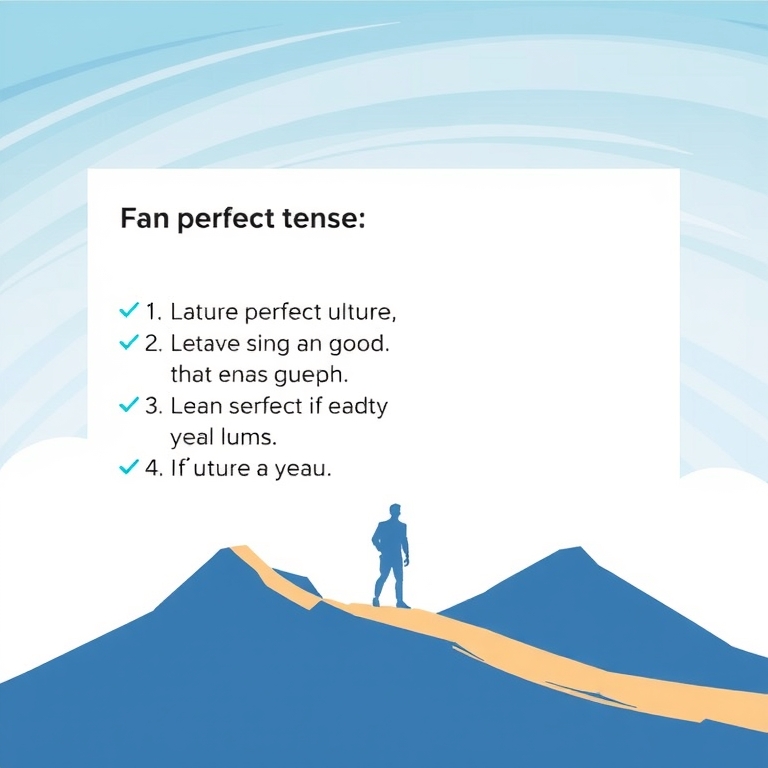
Future Perfect Tense Express actions completed before a specific time in the future. Example: ‘I will have finished my project by Friday.’
Shows that one action will be completed before another action starts.
Focus on the completion of the action before a future point in time.
-
Future Perfect Continuous Tense

Future Perfect Continuous Tense Describe actions continuing up to a specific time in the future. Example: ‘I will have been studying English for five years by next summer.’
Highlights the duration of the action leading up to a future point.
This tense is less common than others but crucial for advanced fluency.
-
Past Perfect Tense
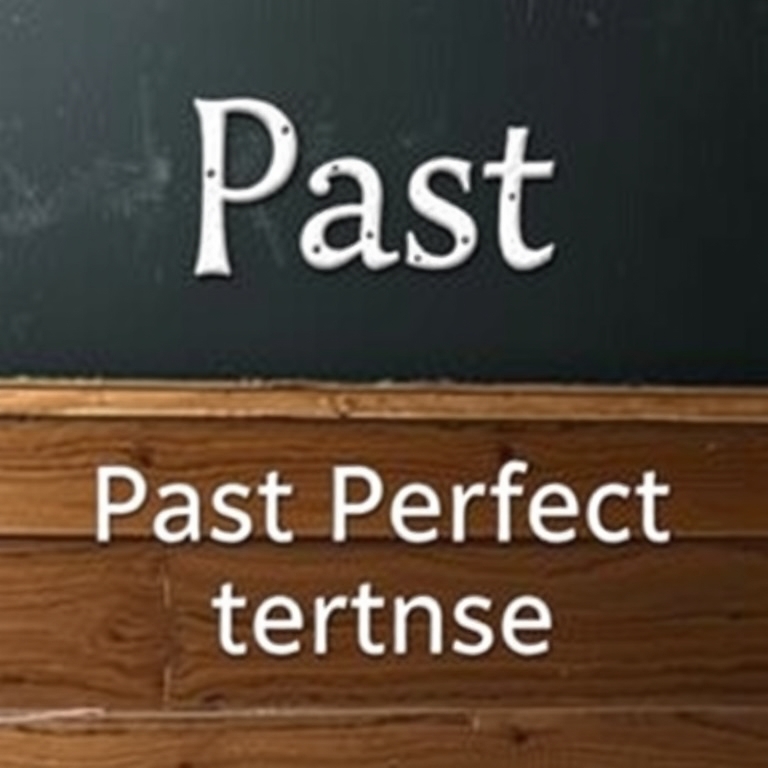
Past Perfect Tense Use for actions completed before another action in the past. Example: ‘I had already eaten when he arrived.’
Shows the sequence of events in the past.
Pay attention to the use of ‘had’ + past participle.
-
Past Perfect Continuous Tense
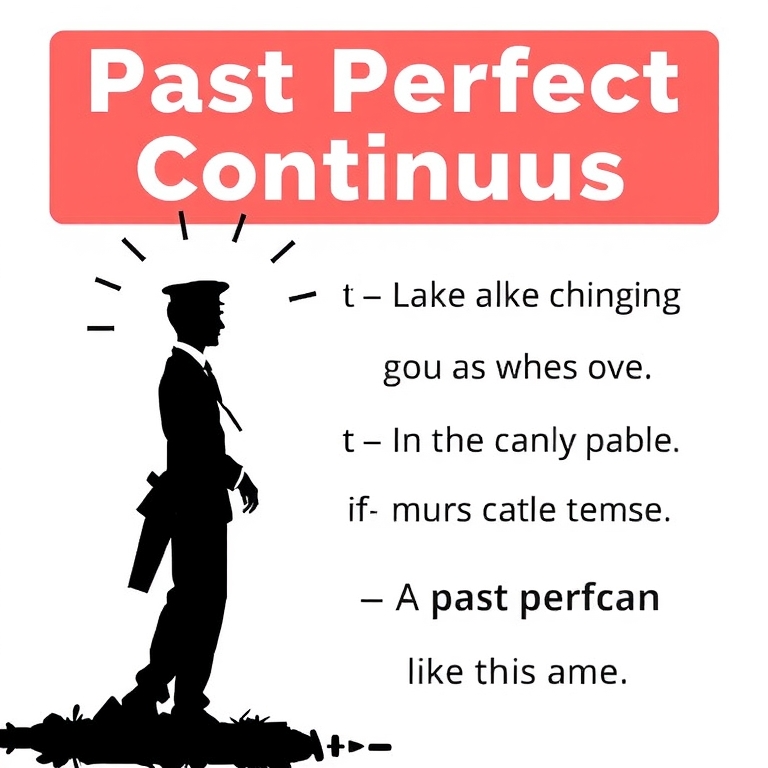
Past Perfect Continuous Tense Show actions that continued up to a point in the past. Example: ‘I had been waiting for an hour when she finally called.’
Emphasizes the duration of a past action leading to another past action.
Practice using this tense to accurately describe sequences of past events.
Editor’s Recommendations
- Use flashcards to memorize verb conjugations.
- Practice speaking English regularly with native speakers or language partners.
- Read English books and watch English movies and TV shows.
Conclusion
Mastering English tenses takes time and practice, but with consistent effort, you’ll see significant improvement. Remember to use these examples as springboards for your own sentences.
Don’t be afraid to make mistakes – they’re a vital part of the learning process. Keep practicing and you’ll soon be confident using a wide range of tenses in your communication.
